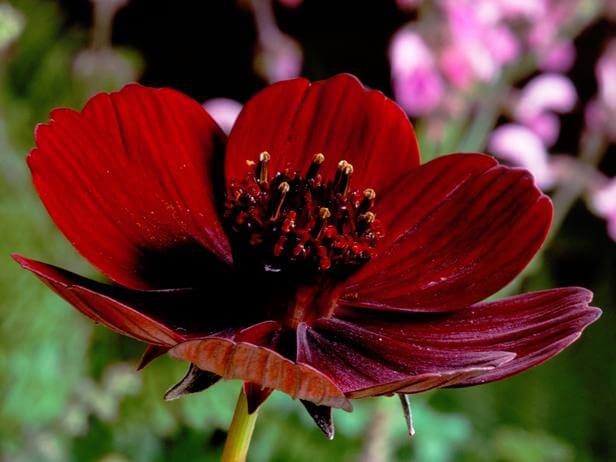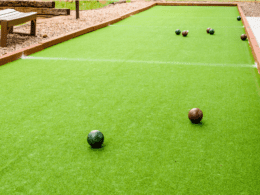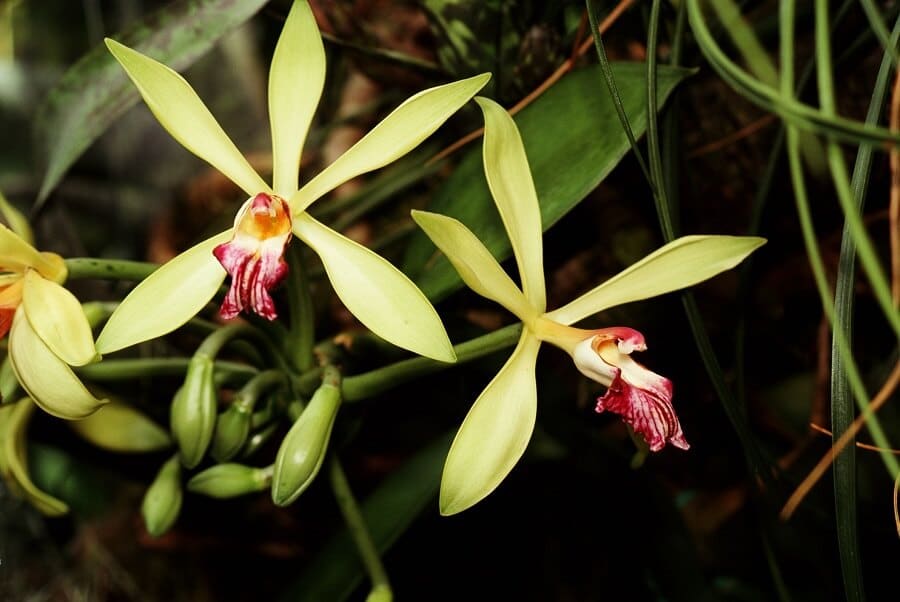Everyone wants a beautiful garden, but no one wants the fuss that comes with maintaining it. That’s why choosing the right types of plants for your region is so important to having a garden that truly thrives and flourishes with ease.
The Northeast
Going flowers in the northeast can be a challenge due to the harsh winters. When your garden can be exposed to temperatures of -35 degrees, you become limited to the types of flowers that will bloom. However, the long winter can also work to your advantage for native perennials to get that required dormant period.
Trillium
Late winter and early spring are nothing without Trilliums. Just plant these puppies in late summer or early fall. Taking care of them is relatively easy as long as you don’t have too many wild deer around snacking on them. With over 40 varieties of this flower and ability for them to “play well with other” these are wonderful additions to your vibrant northeastern garden.
Beepalm
Beepalm plants come in beautiful shades of pink, red and white. They can grow from 2 to 4 feet and can tolerate web soil. This makes them able to grow well in the Northeast. The care for these plants are minimal; you just need to add a layer of compost in the fall, water them if you’re going through a summer with less than an inch of rain and be sure to cut them after the first killing frost of the late fall.
The Midwest
The midwest is home to some of the most fertile soil in the US and also best level ground for agriculture. Only downside is choosing plants that will grow well with the climate and won’t be the target for hungry woodland critters.
Peony
When you think about Peonies, at least for me, I am reminded of spring weddings. This stylish and timeless flower is easy to grow in the midwest as long as you plant them in direct sunlight and don’t plan on moving them (since their roots can grow up to 7 feet.)
Hollyhock
Although I’d like to say I grew up with hollyhock’s, they literally grew up with me, too. They can grow vertically up to 9 feet in length. Although hollyhocks only will last two to three years, they are relatively easy to take care of.
The Pacific Northwest
With ample rainfall, the pacific northwest can be one of the most wonderful places to plant perennials.
Shasta Daisy
Daisies are a classic look with low maintenance and you can expect them to never fail to bloom in spring and hang around until fall. These flowers are terrific for keeping to cut and put in a vase to decorate your kitchen. Besides the occasional slug that might prey on daisies, they are relatively easy to take care of. Learn more about Yellow Daisies.
Dahlia
Although dahlias are native to Mexico, these bushy and beautiful perennials can bloom really well in the pacific northwest. The cool moist climate helps these flowers bloom larger than in warmer places. You just might have to be patient in the springtime and wait until its plenty warm enough before planting. But, when you do they will last until the first frost of the fall.
The South
The south has stretches of long, humid weather so choosing plants that can thrive in these conditions is important if you don’t want a garden that looks more like a plant cemetery.
Obedient Plant
Also known as the”false dragonhead” plant, obedient plants grow long ovulate flowers of purple, pink and white. They bloom in the late summer and thrive in the fall.
Indian Pink
Indian pinks are relatively rare wildflowers that are native to the south. Therefore, this is where these 12 to 18 inch wonders grow best. And, because they are wildflowers, they grow with unprecedented ease.
The Southwest
Gardening in the southwest can be tricky because you need to find things to grow that don’t require much water, but still add the vibrancy and fragrance your desert landscape needs for balance.
Datura
This beautiful (but highly poisonous) plant grows well in arid climates. “Devil trumpets” grow well in the southwest because they thrive in dry soil with lots of sun.
Salvia
Saliva grow in tight spikes and come in a variety of colors such as red, pink, violet, blue and white. Much like Datura, salvia grow best in well-lit dry soil.









